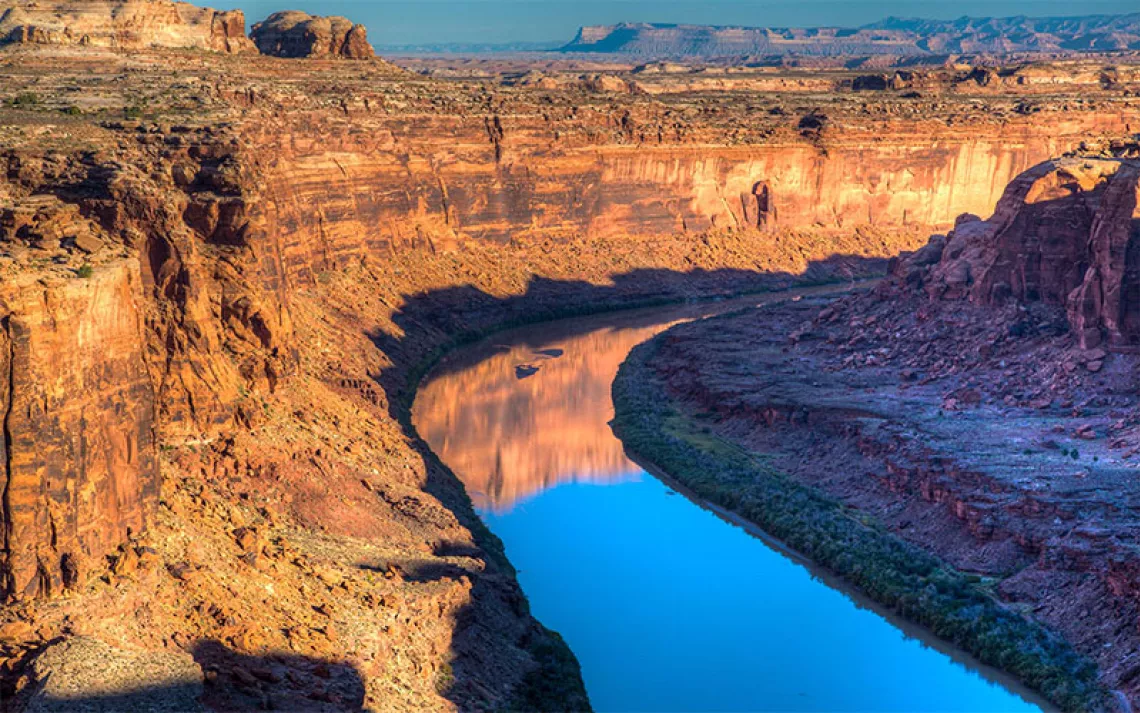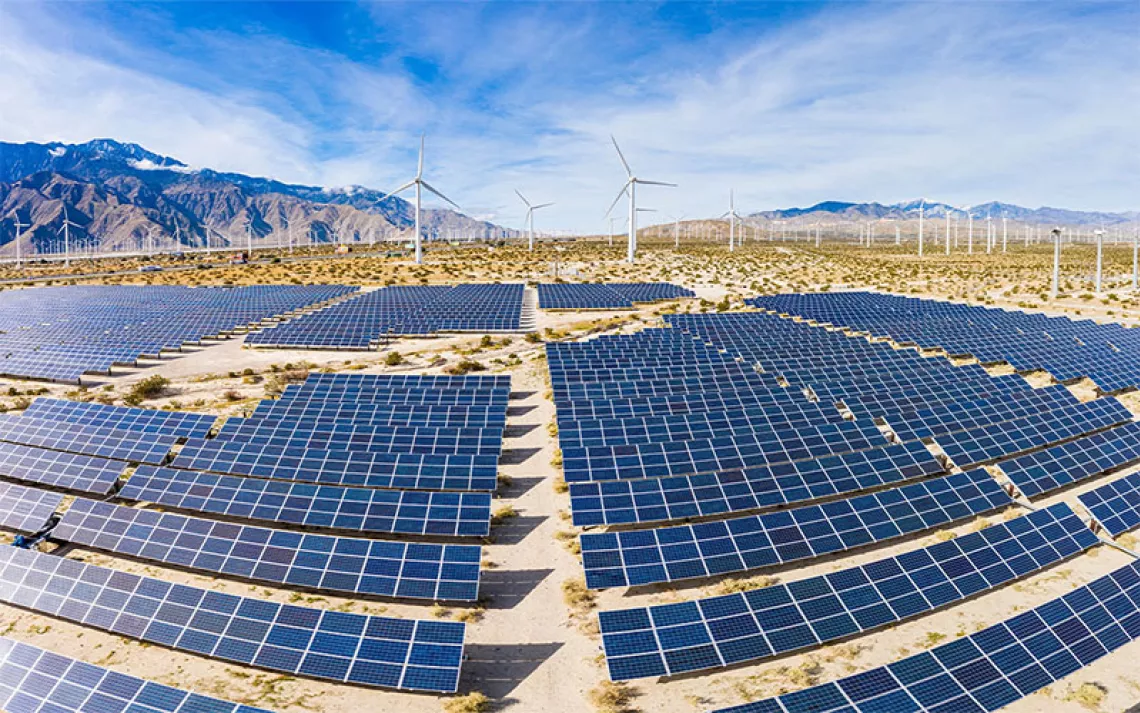A Quarter of U.S. Greenhouse Gas Emissions Come From Public Lands
But Ryan Zinke doesn’t want you to know that

Photo by nelik/iStock
The United Nations–sponsored climate change conference in Poland reached a stalemate over the weekend when diplomats failed to reach a consensus on the merits of the most recent IPCC report and its findings about the speed and scale of global warming. While nearly all of the 200 represented countries voted to “welcome” the report, the United States—along with the petro-states of Kuwait, Saudi Arabia, and Russia—begged to differ and moved to merely “note” the report without endorsing it.
“It’s really an embarrassment for the world’s leading scientific superpower to be in this position of having to disbelieve a report that was written by the world’s scientific community, including a large number of pre-eminent U.S. scientists,” Alden Meyer, director of strategy and policy for the Union of Concerned Scientists, told the Associated Press.
But this isn’t the first time the Trump administration has failed to listen to the scientific community’s urgent warnings about climate change.
Exhibit A: In mid-November the Interior Department released its economic report for the Trump administration’s first fiscal year in office. “Federal lands are working lands,” Interior Secretary Ryan Zinke said in a statement that boasted about a $400 million increase in economic output on public lands, due in large part to increased energy production and infrastructure. “Thanks to smart regulatory reforms and increased access, federal lands and waters are once again increasing economic output and creating jobs.”
Just a week later, the U.S. Geological Survey released another report with a different, though related, message: Nearly a quarter of the country’s total greenhouse gas emissions come from public lands, due to oil and gas drilling and refining, transportation, and most of all, coal mining.
"The true costs of opening these beautiful wild places to destructive drilling and mining are far greater than any short-term revenues," Randi Spivak, director of the Center for Biological Diversity's Public Lands Program, told Greenwire. "Zinke is using public lands as a cash cow to reward oil companies and other polluters, and he's locking us into a future of climate chaos."
In 2016, the Obama administration’s interior secretary, Sally Jewell, ordered the USGS to collect data on greenhouse gas emissions associated with the extraction and burning of fossil fuels from federal lands. The agency focused on federal holdings both on- and offshore between 2005 and 2014 and found that an average of 23.7 percent of annual nationwide carbon dioxide emissions stem from energy sector activity in these areas. Coal extracted from public lands accounted for 60 percent of those emissions, though the report notes a shift away from coal toward natural gas during this 10-year period.
The USGS issued its report on Black Friday—the same day the White House attempted and failed to bury the fourth National Climate Assessment—providing more evidence for how the Trump administration has sought to downplay climate science that runs contrary to its political agenda. “This is a tough time to be a federal scientist,” wrote Joel Clement, a senior fellow with the Center for Science and Democracy at the Union of Concerned Scientists, in an op-ed for Scientific American. Clement was removed from his policy executive position at the Interior Department during the first few months of Trump’s term and later resigned. He joined the staff at UCS, where he coauthored a recent paper that details Zinke’s disregard for endangered species, cultural heritage, public health, and climate change in favor of “anti-science policy and practice”—except, of course, when it comes to Zinke’s home state of Montana.
According to the UCS paper, the Trump administration has consistently tipped the scales in favor of maximizing profit for energy sector allies. For example, the administration has rolled back Obama-era regulations on coal and opened up public lands to fossil fuel extraction in the Arctic National Wildlife Refuge as well as on 900,000 acres in Nevada—the largest single-lease sale of public lands in the lower 48 states in over a decade—all while suppressing the findings of the scientific arms of the federal government.
The report from the USGS is no different. “The Trump administration would rather not focus on climate change,” David Hayes, a former deputy interior secretary during the Obama administration, told the Washington Post. “The USGS report is particularly unwelcome, because it acknowledges, and quantifies, the direct role that the federal government has in accelerating climate change.”
Either way, many environmentalists see the USGS report as a powerful source of data to fight fossil fuel extraction on public lands—which represents a big slice of fossil fuel extraction in the United States as a whole. Approximately 40 percent of U.S. coal production and roughly a quarter of oil and gas drilling occur on public lands and waters.
“The U.S. government has kept the American public in the dark for far too long on the climate impact of subsidized oil and gas drilling and coal mining on our public lands,” said Chase Huntley, senior director for the Energy and Climate Program at the Wilderness Society, in a statement. “Now top government scientists are clear that this foolhardy favoritism of polluters over people is also making the climate crisis even more severe.”
 The Magazine of The Sierra Club
The Magazine of The Sierra Club



